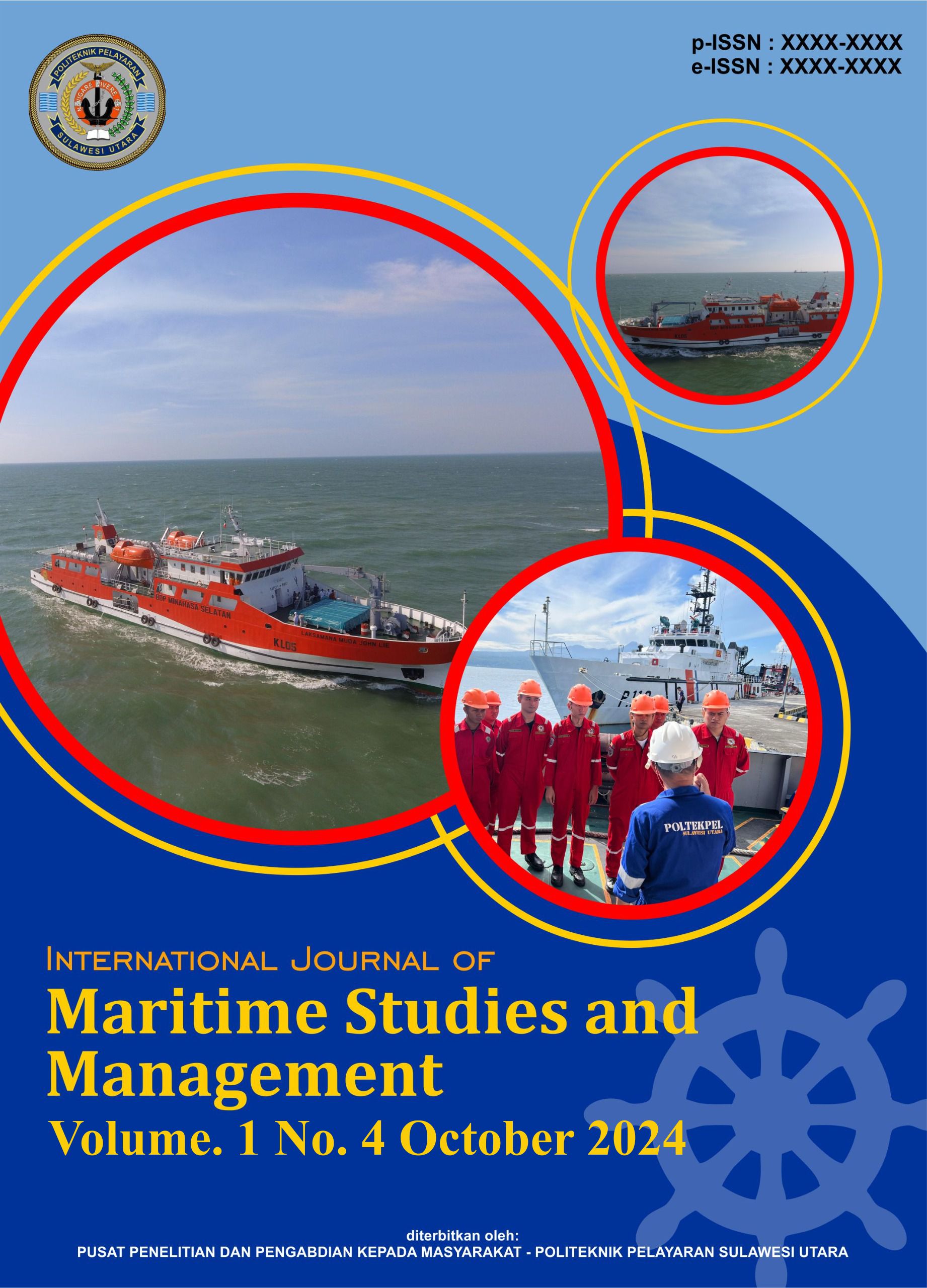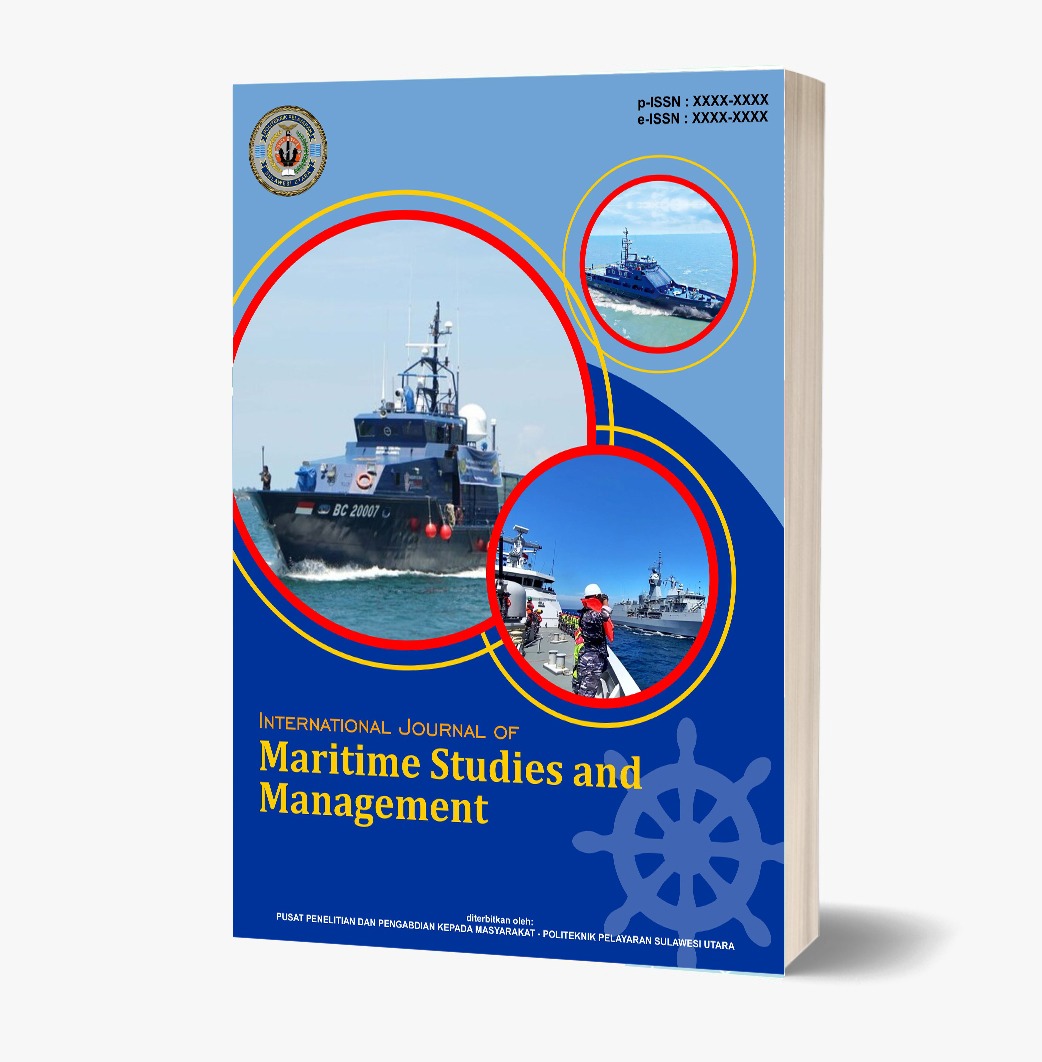Assessment of Maritime Cybersecurity Preparedness in Port Operations and Shipping Companies
Keywords:
cyber threats, maritime sector, port operations, risk management, shipping companiesAbstract
The increasing digitization of maritime operations has introduced significant cybersecurity risks, particularly in port operations and shipping companies that rely heavily on integrated information systems. This study aims to assess the level of cybersecurity preparedness in the maritime sector by evaluating the existing strategies, vulnerabilities, and risk mitigation measures in Indonesian ports and maritime shipping firms. A mixed-method approach was employed, combining surveys distributed to IT and operational personnel with in-depth interviews involving cybersecurity experts and port management. The findings reveal varying levels of awareness and readiness, with larger ports and international shipping companies demonstrating more advanced cybersecurity frameworks compared to smaller, regional operators. Key gaps were identified in incident response protocols, employee training, and system resilience. The results highlight the urgent need for regulatory alignment, capacity building, and investment in cybersecurity infrastructure to safeguard critical maritime assets and ensure operational continuity. This research provides practical insights for policymakers, port authorities, and maritime stakeholders to develop a standardized and proactive approach to cybersecurity in the maritime domain.
References
Boyes, H., Isbell, R., & Luck, J. (2020). Cybersecurity for ports and port systems. Springer.
Chang, C.-H., Kuo, Y.-C., & Chen, T.-C. (2022). Cybersecurity risk analysis in maritime logistics: A systematic review. Journal of Marine Science and Engineering, 10(3), 422. https://doi.org/10.3390/jmse10030422
Creswell, J. W. (2014). Research design: Qualitative, quantitative, and mixed methods approaches (4th ed.). SAGE Publications.
Gopalakrishnan, S., Kulkarni, S., & Kumar, R. (2021). Port cybersecurity in developing economies: Challenges and opportunities. Maritime Policy & Management, 48(6), 713–728. https://doi.org/10.1080/03088839.2021.1874894
Hair, J. F., Black, W. C., Babin, B. J., & Anderson, R. E. (2010). Multivariate data analysis (7th ed.). Pearson.
Hollnagel, E., Woods, D. D., & Leveson, N. (2006). Resilience engineering: Concepts and precepts. CRC Press.
Jones, K., Tam, K., & Papadaki, M. (2020). Threats and impacts in maritime cyber security. Engineering & Technology Reference, 1(1), 1–9. https://doi.org/10.1049/et.2019.0044
Katsikas, S. K., Papadaki, M., & Gkioulos, V. (2020). Cybersecurity in the maritime industry: A systemic survey. IEEE Transactions on Dependable and Secure Computing, 18(4), 1867–1886. https://doi.org/10.1109/TDSC.2020.2965107
Nunnally, J. C., & Bernstein, I. H. (1994). Psychometric theory (3rd ed.). McGraw-Hill.
Tam, K., & Jones, K. (2019). Cyber-risk assessment for autonomous ships. Transportation Research Part A: Policy and Practice, 129, 55–69. https://doi.org/10.1016/j.tra.2019.08.019
U.S. Department of Energy. (2014). Cybersecurity capability maturity model (C2M2) version 1.1. https://www.energy.gov/c2m2
Von Solms, R., & Van Niekerk, J. (2013). From information security to cyber security. Computers & Security, 38, 97–102. https://doi.org/10.1016/j.cose.2013.04 .004











